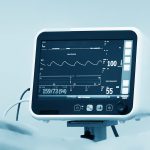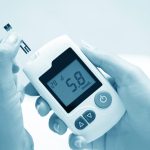The most important challenge of the EU MDR is “Sufficient Clinical Evidence”
Evidence of clinical performance and safety of medical devices has been at the forefront of recent international regulatory reforms. Compliance with this Med Dev 2.7/1 Rev 4 is a step in a comprehensive plan to get to transition to the new EU MDR. However, Med Dev Rev 4 and the European Medical Devices Regulation differ in some areas so there will be more that you have to do to be compliant with the new EU MDR. Familiarity and knowledge of both the revised guidance and the EU MDR, and in particular the differences between them, is important for planning the transition to the EU MDR. Gathering clinical evidence will drive the timeline for some activities in EU MDR transition.
Clinical Evidence will also be a significant contributor to the cost of this transition if new clinical evidence needs to be generated. It is not a new requirement, but the new EU MDR is chock full of new clinical investigation requirements. Under the MDD, low risk devices required to have Clinical Evaluation Reports and high risk devices needed clinical data. CERs are still required, but the content and acceptability is changing.
The standards have been raised not just on the requirements surrounding clinical evidence, but on the level of examination now expected. The EU MDR is setting the stage for clinical evidence to play a big role. While some requirements of the MDD carried over into the EU MDR, it is safe to say that the clinical support part needs to be re-evaluated, sooner rather than later.
Clinical Evaluation Reports (CER’s) need to be revised considering limitations on equivalent devices and state-of-the-art and then updated to withstand a higher level of scrutiny from the Notified Body level and above. Updates to clinical evaluation reports may also prompt updates to Instructions for Use (IFU); make sure they are in alignment. Having an integrated program to incorporate risks into your labeling will also be significant to limit the number of reportable events. Events are reportable if they are not recognized as a known risk in your product label, and the reporting timeline has been reduced to 15 days.
Clinical investigations must be organized with the newly composed legislation (EU MDR Annex XV) and recognized ethical principles aligning with the clinical evaluation plan. Post Market Clinical Follow-up (PMCF) will no longer be a “check-the-box” activity; Annex XIV Part B of the EU MDR is dedicated to PMCF.
We’re here to help
Get in touch with us



